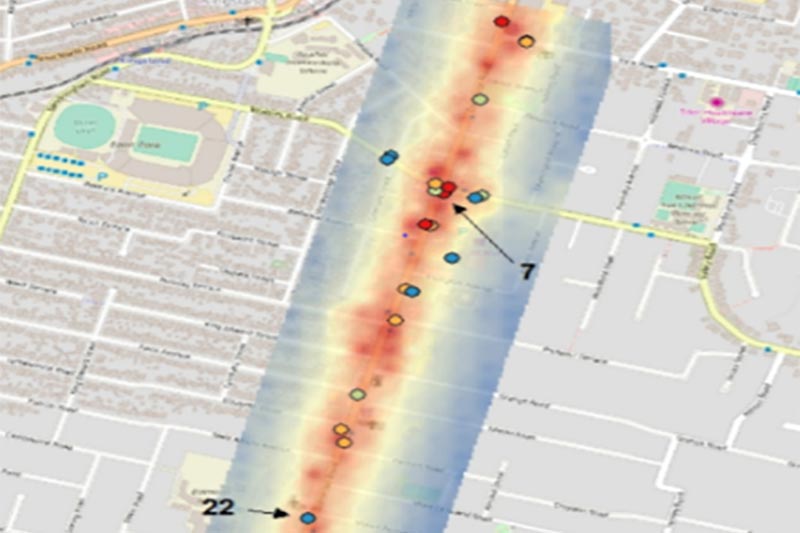High-performance precision sensors are inundating markets, offering new ways to better inform decision-makers. Real-time heterogeneous or hierarchical sensor networks are enhancing assessment methodologies and delivering more insights across many sectors.
Sensor networks
Mote is applying these new technologies in many ways:
- Delivering more cost-effective data sets that provide richer insights (that were previously unaffordable). For example, critical localised effects can be evaluated.
- Going further: granularity. Supplementing existing monitoring infrastructure and operating in smaller towns/utilities, smaller waterways, smaller construction sites, more relevant places.
- Doing a better job: pre-surveys, to achieve optimal siting of key monitoring assets. Better targeting of monitoring resources for long term surveillance.
- Better evaluation of model assumptions and outcomes. Modeling and measurement are complementary: network measurements are useful to test and refine model assumptions.
- Improving the way we work: better control, better industrial & technical compliance. Network monitoring systems allow an action to be taken to avoid exceeding technical limits, permits, or license conditions.
